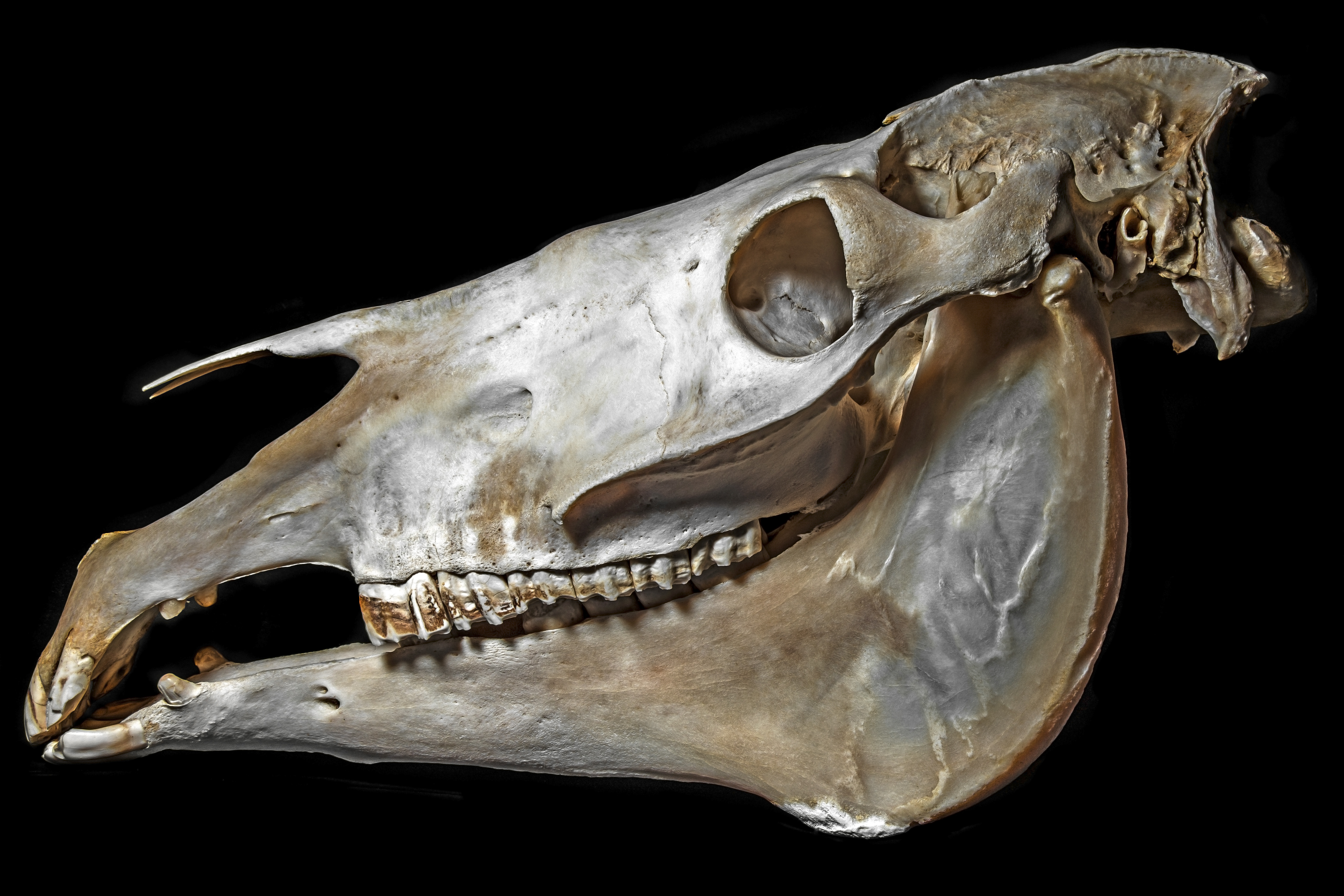
Would you recognize a case of nasal gleet or glanders, lampas or bronchocele, catarrh or coitus disease, mallenders or sallenders if it invaded your stable? These and the dozens more equine diseases and abnormalities that appear in the pages of bygone stockmen’s books and veterinary manuals have vanished from the equestrian experience, but not necessarily because modern medicine has banished them all with cures. Instead, the disappearance of conditions that were diagnosed and treated 100 years ago is more often attributable to shifting semantics and expanded physiological knowledge than to actual disease elimination.
Here’s what happened to these ailments from a century ago:
The disease remains the same, but the terminology has changed.
Medical terminology at the end of the 19th century was a mixed bag of ancient generalized disease names and the more modern terminology created by tagging “itis” on to the specific anatomical part under siege. As the century progressed, scientists and, to some degree, lay writers practiced greater precision in naming horse diseases: “Catarrh,” which identified any sort of snot-producing condition of the head, for instance, gave way to “rhinopneumonitis,” “Streptococcus equi infection,” “sinusitis” (formerly called “nasal gleet”) or whatever pathology is responsible for the upper-respiratory discharge. For all our improved specificity in labeling equine disorders, the horseman’s vocabulary retains plenty of descriptive terminology from antiquity: “the snots,” “strangles,” “distemper,” “heaves,” “pinkeye,” “ringworm,” “string-halt,” “ringbone,” “founder” and “poll evil,” to name a few.
The “pathology” was later recognized as being perfectly normal or utterly benign.
The suggested treatment for the condition called “lampas” was searing the “swelling” on the roof of the horse’s mouth with a hot iron rod or sticking it full of holes or maybe just rubbing salt on it. Trouble was, the supposed swelling is a natural feature of the equine mouth, and no amount of irritation would ever make it go away. “Bronchocele,” a swelling in the throatlatch area, was prescribed much kinder treatment–the rubbing on of a mild counterirritant–but, since the bulge was the thyroid gland, the effort at eliminating it was futile. Both “mallenders” and “sallenders” named a skin condition of practically no significance to the horse–the painless scurfing that sometimes occurs down the front of the hind cannons.
The diseases were significant health threats to horses of 100 years ago and could be again, were it not for effective prevention.
Today’s veterinarians may practice their lifetimes without ever having to treat a case of lockjaw. Tetanus toxoids confer immunity to that fatal disease, while antitoxins are effective in protecting horses made susceptible by wounds. This generation of horse people isn’t likely ever to see a horse with “big head” or goiter or any of the other deformities caused by significant nutritional deficiency or imbalance. Today’s horses continue to be affected by nutritional errors, but more often than not, the cause is excess rather than deficiency. Feed formulators, if not individual horse caretakers, are fully aware of ideal calcium-phosphorus ratios (the “big head” cause) and vitamin/mineral needs, and nutritional knowledge has banished these ancient scourges.
The diseases have been regulated out of existence in the United States (and usually other “advanced” countries as well).
To eliminate an infectious disease, you don’t need a cure. All that’s necessary is a highly reliable diagnostic test, a determined regulatory body, and a compliant public to destroy infected animals within the boundaries and ever after prevent entry to carriers of the infection. Glanders, farcy and dourine are destructive, once-dreaded equine diseases that have disappeared from our lives thanks to regulatory action early in this century. The first two are the same bacterial infection, manifested either in the respiratory membranes or the skin. Not only did the acute or chronic infection destroy horses, it also could turn the flesh of people and other animal species into putrefied, cheesy pus. Dourine, called “coitus disease” in British sources of the late 19th century, is a parasitic reproductive infection eliminated from our world by regulatory action.
In 1820, William Carver, farrier (the profession then included horse doctoring as well as horseshoeing), itemized the six most common diseases of American horses in his book The Practical Horse Farrier. It’s only halfway encouraging to realize that in 180 years of major medical advances, just three of the diseases–glanders, farcy and lockjaw–have been effectively eliminated. Of the remaining three, strangles and pleurisy are still very much with us, while the third—mange—could well be a catchall term including the myriad skin conditions that keep our horses scratching, rubbing and oozing to this day.
This article originally appeared in EQUUS Magazine.
Don’t miss out! With the free weekly EQUUS newsletter, you’ll get the latest horse health information delivered right to your in basket! If you’re not already receiving the EQUUS newsletter, click here to sign up. It’s *free*!








